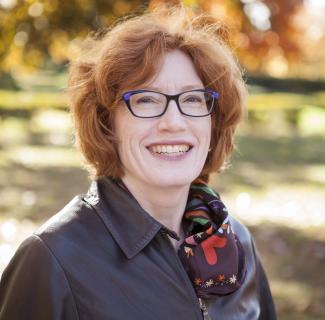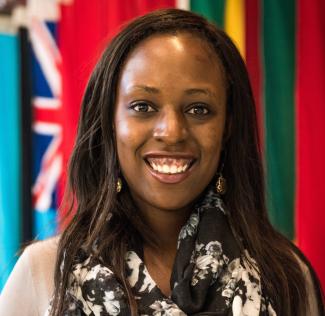Diagnosing energy-efficient and resilient urban development in Dar es Salaam: A spatial planning approach
With a population of over 5 million people, Dar es Salaam is the largest city and economic hub of Tanzania. By the year 2050, Dar es Salaam will be one of Africa’s largest megacities with a population exceeding 10 million people. Yet, what impact will future population growth have on residential energy use dynamics in the city? Enabling a sustainable and resilient energy transition in Dar es Salaam will require a critical understanding of local energy use realities and needs, as well as coordinated urban governance and financing around service delivery in key infrastructure sectors such as energy production, transportation and housing.
To address the existing data gaps, this project assesses the disaggregated energy use behaviours of residents, particularly communities living in low-income, informal areas. Outputs aim to inform more appropriate allocations of urban infrastructure finance, that considers local energy use dynamics and needs. The project aims to:
- Assess how different neighbourhoods in Dar es Salaam consume energy resources at the household-level and for personal/public transport;
- Investigate the relationship between energy consumption and the spatial characteristics of neighbourhoods e.g. socio-economic profile, distance from city centre, and transit accessibility;
- Highlight neighbourhood or ward level differences in residential energy use to inform integrated city planning and energy demand management.
The research team will randomly sample households across 8 different wards in Kinondoni, Ilala and Temeke Districts. Households will be selected based on their differences socio-economic level, distance from Kariakoo Market (the city centre) and residential land-use (i.e. formal or informal area).
In steering a low-carbon and sustainable energy transition in Dar es Salaam, the following policy questions will also be addressed:
- Which institution should take the lead in supporting the low-carbon growth agenda in Dar es Salaam, and why?
- How will sustainable investments in key energy use sectors be financed?
- How can institutions promote increased uptake of sustainable energy use behaviours by residents?
- What can the city and key energy use sectors need to do to implement an integrated low-carbon and sustainability agenda in the long term?
The project will engage key institutions coordinating infrastructure and urban sector planning in Dar es Salaam, particularly the Dar es Salaam City Council; Kinondoni, Temeke and Ilala Municipal Councils; and the President’s Office – Regional Administration and Local Government (PO-RALG). Policy insights will highlight the opportunities for Dar es Salaam to realize a sustainable energy transition that also promotes broader socio-economic development goals, improves urban resilience, and overall living standards for residents.
Following early field work, the initial findings and policy recommendations of this project have been shared in a stakeholder workshop in Dar es Salaam in November 2018. Please see more details on the event page.




